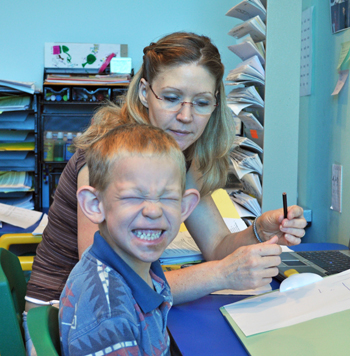
|
Pediatric Occupational, Physical, ABA/Behavioral, Feeding, Speech, and Language Therapies Main Clinic: 931-372-2567 1445 East 10th Street Cookeville, TN 38501 Email: [email protected] HIPAA Secure Email: [email protected] Fax: (931) 372-2572 ABA Clinic: 931-201-9534 400 Dubois Road Cookeville, TN 38501 Email: [email protected] Please call today to get started! Most insurances accepted! |

|
| Who needs therapy? | SE HABLA ESPAÑOL |
Vestibular Input: Movement and Balance
THE POWER SENSATION: VESTIBULAR
*Vestibular system registers movement and anchors us in place- it is our internal GPS and ties all other senses together
*Incorporates movement sensation and position of head in space to work with all other senses
*Studies have shown that children who have integrated vestibular processing are futher advanced in cognition
*Children with vestibular processing issues have difficulty with visual attention, visual tracking, learning challenges, emotional issues, and motor control.
*Tell the brain we are moving, surrounded by something that is moving, on something that is moving, or a combination of the three
* Also tell the brain where "down" is because the vestibular apparatus registers the pull of gravity
Why do we swing before therapy:
Vestibular sensations are the strongest of all sensations and have the greatest effect on learning. It connects with the motor system and thrives on engaging the body in movement. Swinging, climbing, crashing, rolling, and all these therapy activities develop your child's motor-movement system for a strong foundation for learning!
Movement in a swing from a single point in a linear direction for 15 minutes sets the arousal level in the brain and body to optimum levels to get a calming or arousing response, whichever is needed in order.
This helps your child learn, pay attention, and keeps all brain chemicals at optimum levels for life skills.
Vestibular power sensation is the most powerful and longest lasting sensation (typically 8 hours after 15 minutes on a swing hung from a single point in a linear direction).
Vestibular input is a very strong brain stem sensation which is best if done first and followed by proprioception before a cortical task so that the brain stem can take care of and focus on ANS (Automatic Nervous System)
Site empowered by
WebOnTheFly